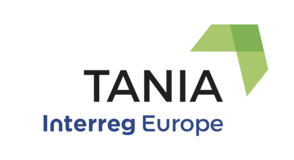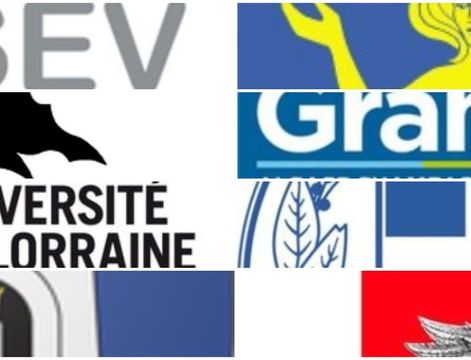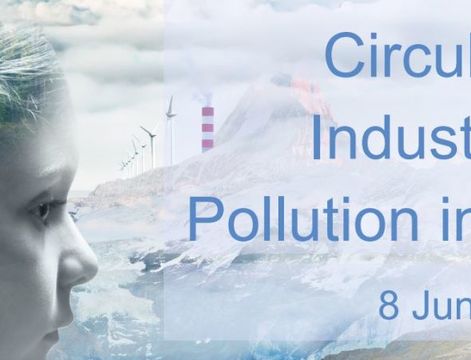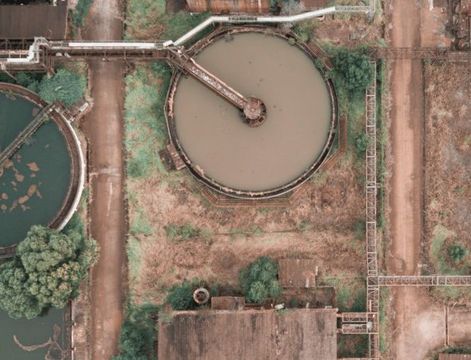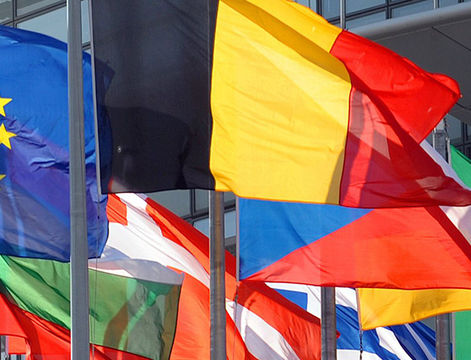The TANIA project is in the process of completing Phase 1 of its planned path by the end of 2019. This process started three years ago with the identification of regional needs in the treatment of contaminated sites, the exchange of experiences aimed at identifying practical solutions/good practices that can be transferred in different regional contexts that, finally, led to the development of regional Action Plans. From January 2020 the project will enter into its Phase 2 and all regional action plans will be implemented and monitored.
To discuss the results of the project so far and to compare them with the solutions practised outside the TANIA network, it was decided to organize a Symposium and to make it as participatory as possible. The event took place in Lahti (Finland) on 19 November at the Congress and Concert Center Sibelius Hall. The event, called "Novel Environmental Remediation Techniques and Policy Instruments", was attended by important actors both at national and European level. The focus was not only on the most recent issues related to the existing and applicable techniques of environmental remediation but also on the role and contribution of the political side in their implementation.
About 80 people attended the event: Entrepreneurs, researchers and public officials are key players in the remediation of contaminated areas; Experts from Hungary, the Czech Republic, Poland, the Netherlands, Belgium, France, Greece, Italy, and Finland attended the event and shared their views.
The three main working sessions of the meeting were organised as follow:
Session I: Novel remediation techniques
The first one was focused on novel remediation techniques and in particular those which already have an effective and practical application in the field. Success stories of alternative/innovative methods used in situ were presented and turned out to be even more successful than traditional methods. The session, moderated by Sonja Suni (Golder Associates), discussed not only the disadvantages and advantages of such techniques but also aspects of their practical application such as the costs and sustainability of such methods. The presentations, which can be downloaded from the links below, were arranged in the following order:
- Tamás László (Golder Associates) - Nanoremediation
- Reija Kalajo (Defence Estates Finland) - Trap and treat & bioaugmentation
- Niina Lallukka (Nordic Envicon) - Biostimulation
- Aura Nousiainen (Pöyry Finland) - Mine tailings amendment technology
- Jarkko Akkanen (University of Eastern Finland) - Carbon amendment technology
Session II: Funding instruments supporting the use of new techniques
The second session, moderated by Marko Mälly (Regional Council of Häme), was focused on current funding instruments and support for the use of these new techniques. The interventions made during the session were aimed at highlighting the extent to which these tools can effectively support the use of new remediation techniques. The first three presentations concerned EU-funded research projects for the remediation or risk management of contaminated sites. The fourth presentation referred to a national state-funded project implemented as one of the key projects of the Finnish government. The four presentations made are consultable here below:
- Petr Kvapil (Photon Waters) - Seventh Framework Programme project NANOREM
- Harri Talvenmäki (University of Helsinki) - Interreg Central Baltic project INSURE
- Vili Saartama (University of Helsinki) - ERDF project NANORAUTA
- Mika Heinonen (PIRELY) - Finnish Contaminated Land Demonstration Program
Session III: Political steering instruments in the EU countries
While in the second session the main theme was the purely economic area, the third working session, moderated by Jarno Laitinen (Ramboll), set the discussion in motion to highlight the orientation of the political side on the management of contaminated sites in Europe. The contributions presented facilitated the comparison between those present through the comparison of the regulatory context and the decision-making process implemented in the Netherlands, Belgium (in Flanders) and Finland. The session was concluded with a round table discussion aimed at addressing the main difficulties of the current legislation and at comparing the strengths and weaknesses of the legislation in the above-mentioned countries.
- Dietmar Müller-Grabherr (Common Forum, ICCL and Environmental Agency Austria) - Political steering of contaminated areas in the EU
- Frank Swartjes (RIVM, EEA) - Role of EEA & Dutch perspective
- Johan Ceenaeme (OVAM) - Flanders’ perspective
- Jussi Reinikainen (Finnish Environment Institute) - A Finnish perspective
The day ended with a final discussion open to all, in which the prospects of the participants were presented.
Here below is made available a video summary of the workshop.
A selection of pictures taken during the event is available here.
